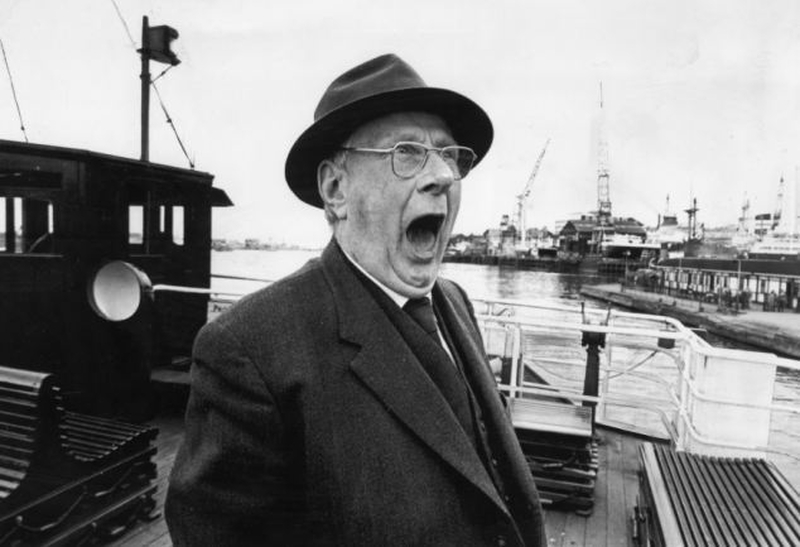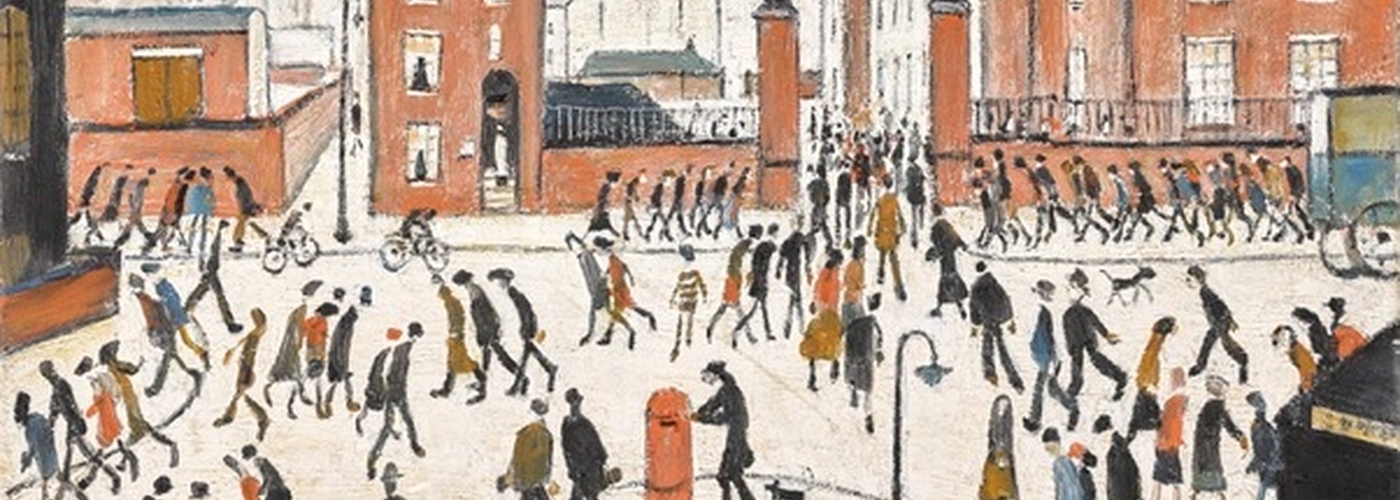The paintings by the Stretford-born artist will be auctioned by Sotheby’s on 21-22 November
He may have had to squeeze his artistic endeavours around rent collecting and later, looking after his bedridden mother, but Laurence Stephen Lowry has arguably left one of the art world’s greatest cultural legacies.
The serviette sketches he once distributed to holidaying families by the beach in Sunderland are now worth thousands, while his bronze likeness props up the bar at Sam’s Chop House and his £106m namesake arts centre in Salford Quays is one of the North West’s leading visitor attractions. With 55 of his paintings and 278 drawings, the gallery contains the largest collection of his works in the world, yet they rarely come up for sale for privately.
Good news, then, for those who have the best part of a million quid lying around, as Sotheby’s recently acquired three Lowry oil paintings - The Rush Hour, The Steps, The Ferry at Blyth - from a private European collection, and will be selling them off between 21-22 November as part of an auction on modern and post-war British art.
As well as works by Henry Lamb and Dame Barbara Hepworth, the auction will see a fourth, smaller Lowry piece put up for sale, Lancashire Street and Viaduct, worth a mere £350-550k.

All four works display classic Lowry motifs, inspired by four decades of living in the industrial mill town of Pendlebury: billowing chimneys, ochre mills, terraced houses and the iconic ‘flow’ of matchstick people that gives his cityscapes such a fervent energy.
Known to take acute observations on the spot, as he walked around collecting rents, Lowry was fascinated by the physiology of groups and crowds - which he called ‘the most lonely thing of all’ - and no two of his stoical figures are same.
Estimated to fetch up to £1.2m, The Rush Hour (1964, main image, Sotheby's) depicts the mill that first inspired Lowry’s interest in industrial scenes. He said:
“As I got to the top of the station steps, I saw the Acme Spinning Company’s Mill, the huge black framework of rows of yellow-lit windows stood up against the sad, damp-charged afternoon sky. The mill was turning out hundreds of little pinched, black figures, heads bent down… I watched this scene - which I’d looked at many times without seeing - with rapture.”

The Ferry at Blyth, meanwhile, depicts a ‘chain ferry traversing a narrow strip of cold, dirty water’. This is a distinctly urban feature, with no romantic allusions to the freedom of the open seas, yet Lowry lends the everyday mode of transport an almost surreal quality - it appears as though one of his trademark terraced houses has suddenly found itself afloat.
Finally, The Steps (1962, est. £650-850k) has a slightly more leisurely feel: children play, mothers push prams and one character - who Sotheby’s suggest may be quietly intended as a self portrait - stands looking at the viewer, a defiant pop of colour in his bright bowtie. As ever, the characters go about their daily lives oblivious to the fact that they are being immortalised in paint, ‘a profound exploration of the human condition.’
So, want a piece of Lowry? A full catalogue of the works can be seen on the Sotheby’s website. Now, where’s that lottery ticket…
















